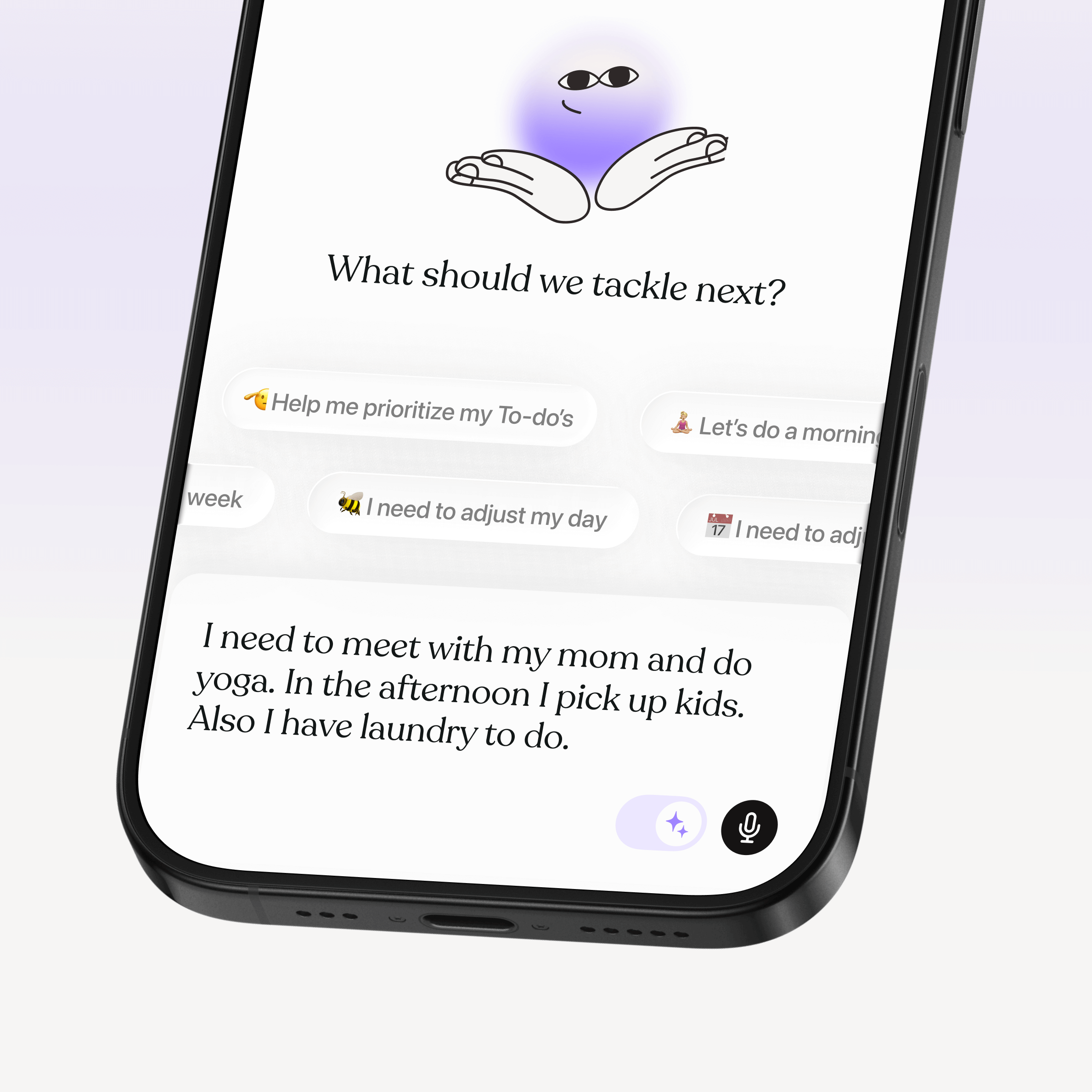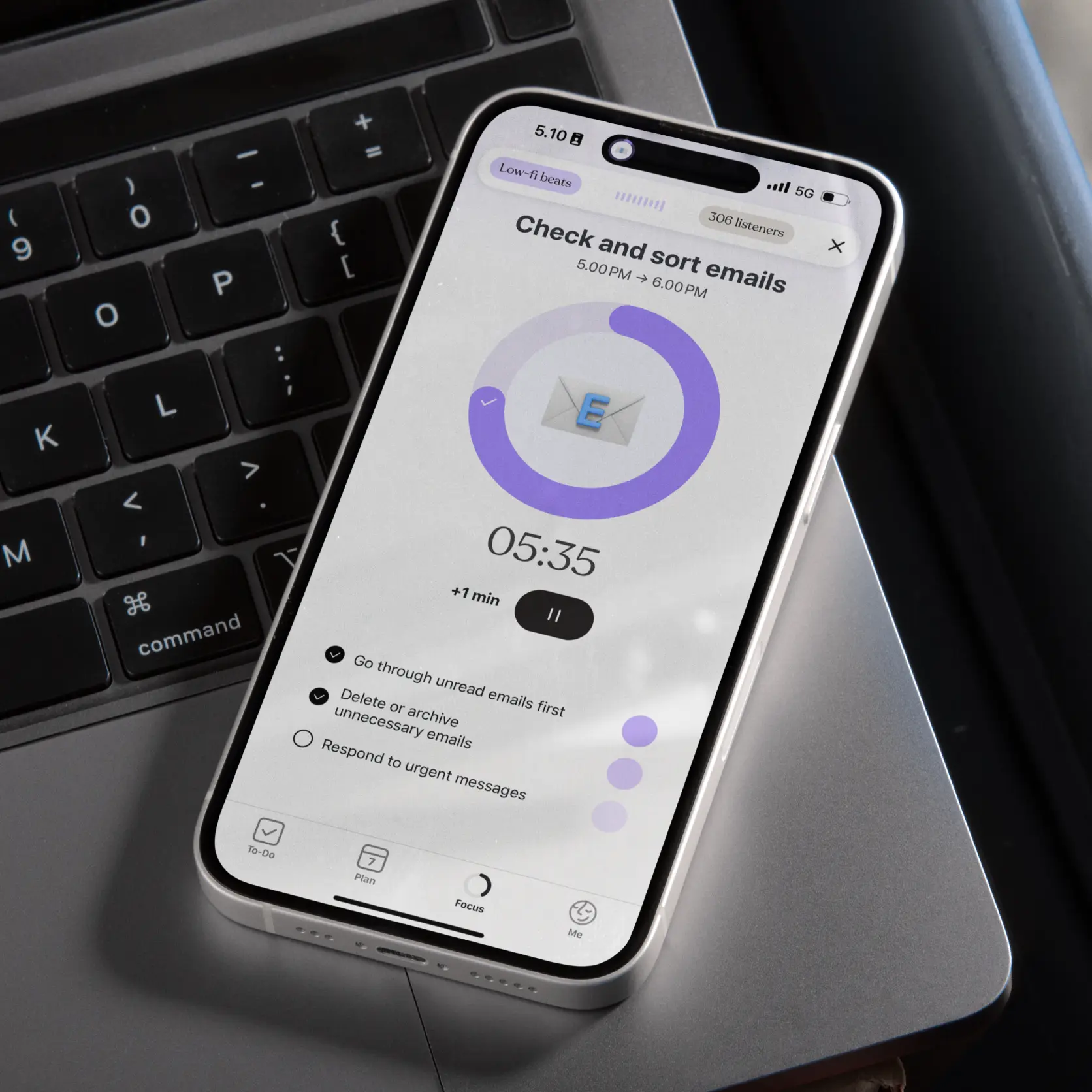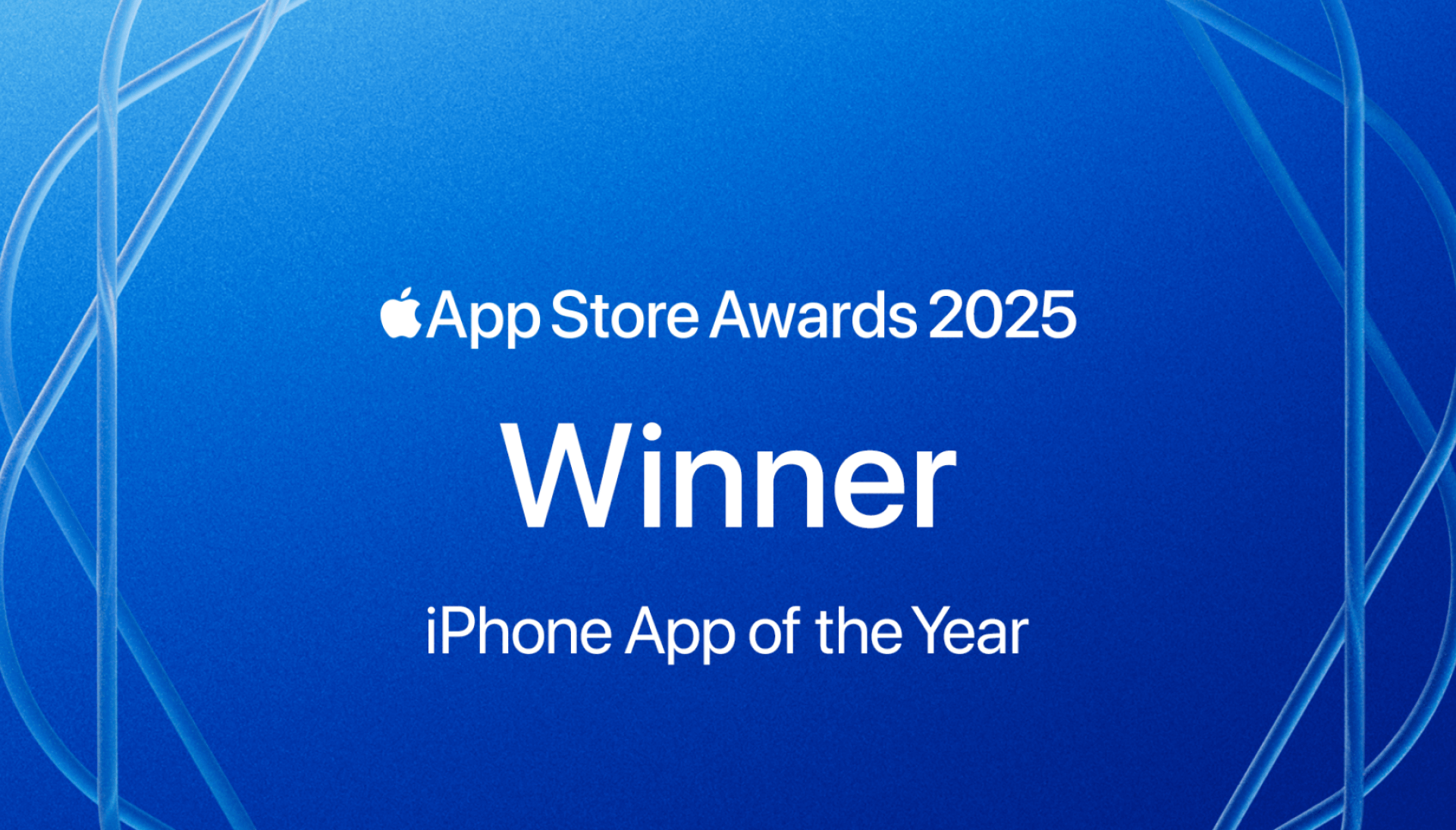For those in the northern hemisphere, July often marks the peak of summer vacation season. Whether you're taking time off from work, pausing studies, or caring for kids while school is out, your daily routines are likely to shift dramatically. Some people find themselves with more free time than they've had in months, while others end up navigating entirely new responsibilities and schedules. However your summer looks, it can be a valuable opportunity to recalibrate by prioritizing rest, sensory regulation, connection, and activities that genuinely support your wellbeing rather than just filling time.
While summer doesn't need rigid plans or overscheduled days, having a loose structure can offer calm and clarity, especially when familiar routines disappear. A flexible schedule helps you stay grounded and intentional without overcommitting or losing track of the things that actually bring you joy and energy.
Building a schedule that bends without breaking
Start with your non-negotiables
Begin by adding anything that's already scheduled and can't be moved: flight times, meetups with friends, tickets for events, or bookings for museums and parks. If these commitments are saved in another calendar app, you can import them directly to avoid the tedious work of retyping everything and potentially missing important details.
Protect your essential routines
Include regular routines you want to maintain throughout the summer, like medication reminders, meal times, or dedicated rest periods. Reusing established routines can help maintain a sense of continuity and stability even during otherwise unstructured weeks when everything else feels different.
Try flexible time blocks instead of rigid schedules
For tasks that don't need a specific time but still need to happen, create flexible blocks like "Afternoon Tasks" or "Evening Wind-Down" with checklists inside. You can complete them whenever you have the energy and motivation, without the pressure of assigning a fixed hour that might not match your natural rhythms.
Create your summer bucket list
At the start of your break, jot down a few bigger experiences you'd love to have: day trips to places you've been meaning to explore, beach days, outdoor concerts, picnics in new parks, or visits to farmers markets. Keep this list visible in your planning app for future inspiration, then schedule them when the timing, weather, and energy levels align rather than forcing them into arbitrary dates.
Build a menu of small joys
Write a list of simple activities that take around an hour and tend to feel good for your particular brain and body: reading in a comfortable spot, cycling familiar routes, watching an episode of a favorite show, journaling about your day, baking something that makes your kitchen smell amazing, or trying a new craft. Refer back to this menu when you're unsure what you need but want something manageable and genuinely comforting.










